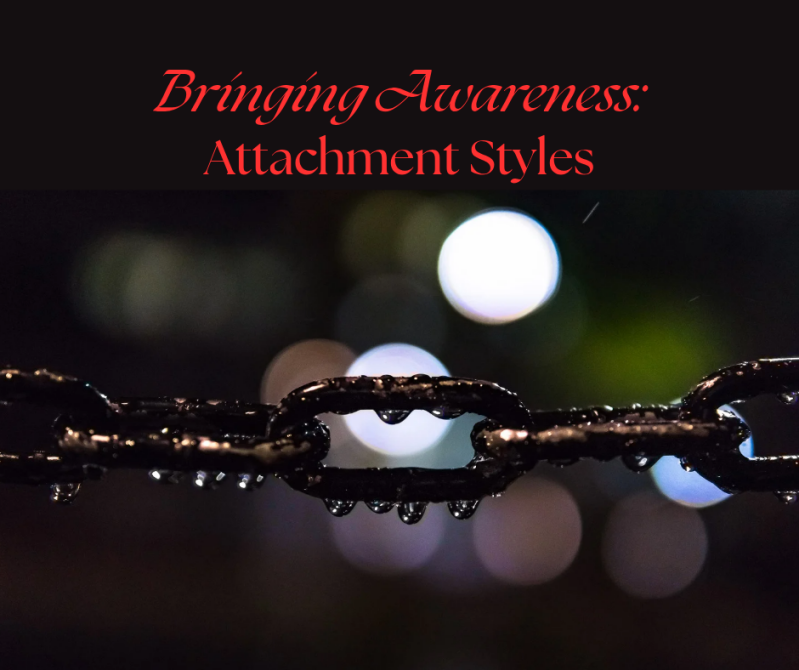
Attachment styles are patterns of behaviour and beliefs that we develop in childhood based on our relationships with those who cared for us. Attachment styles have a significant impact on our daily lives, influencing how we relate to others and navigate relationships. Understanding the dynamics of each attachment style can help foster more fulfilling and supportive connections in our everyday lives. There are typically four main attachment styles:
Secure Attachment
People with this style feel comfortable with intimacy and independence in relationships. They can effectively express their needs and trust their partners, which enables them to form fulfilling relationships. They feel secure when close to their partner, yet also function well independently.
Points Of Importance
- Committed but independent
- Attentive, affectionate and accepting
- Able to handle and resolve conflicts
Anxious-Preoccupied Attachment
People with this style often worry about their partner's feelings for them, and about their availability and commitment towards them. They struggle with jealousy, seeking constant reassurance. They may fear abandonment and can be clingy or overly dependent. Feeling this way often leaves a person feeling incomplete without their partners.
Points Of Importance
- Distressful of partner and relationship
- Afraid of abandonment, rejection and conflicts
- Sensitive to criticism and desperate for approval
Dismissive-Avoidant Attachment
People with this style tend to avoid intimacy and closeness in relationships, coming across as aloof and emotionally detached. Usually avoiding intimacy, vulnerability and commitment. They may prioritize spending time away from their partners because they highly value their independence and self-reliance. Doing this, though, can come across as being uninterested in an emotional connection, which is essential in an intimate relationship.
Points Of Importance
- Overly rigid, guarded and distant
- Uncomfortable with emotions and/or conflict
- Difficulty expressing needs and wants
Fearful-Avoidant Attachment (Disorganized Attachment):
This attachment style combines elements of both anxious and avoidant attachment. People who resonate with this style will desire closeness, but at the very same time, fear intimacy due to past negative experiences. This typically leads to ambivalence and difficulty in forming secure, fulfilling relationships. When a person simultaneously desires and distrusts intimacy with their partner, it almost always results in contradictory and inconsistent behaviour, making any relationship very difficult for both parties.
Points Of Importance
- Tendency toward emotional extremes
- Difficulty maintaining healthy boundaries
- Prone to high conflict relationships
What To Gain
These patterns shape our communication, conflict resolution, and overall satisfaction in relationships, affecting various aspects of our daily interactions and emotional well-being. Being aware of your own attachment style is crucial as it provides insight into your relational patterns and emotional needs. Understanding how you attach to others allows you to recognize recurring behaviours and tendencies in your relationships. It empowers you to identify potential challenges, such as fear of intimacy or abandonment issues, so you can then work towards resolving them.
Awareness of your attachment style enhances self-awareness and emotional regulation, giving you the tools to navigate conflicts and communicate effectively. By recognizing your attachment style, you can consciously choose healthier relationship dynamics and have substantially more fulfilling connections. Ultimately, self-awareness in attachment styles promotes personal growth, resilience, and deeper emotional intimacy in relationships.
-Peace, love and light ✨








Add comment
Comments